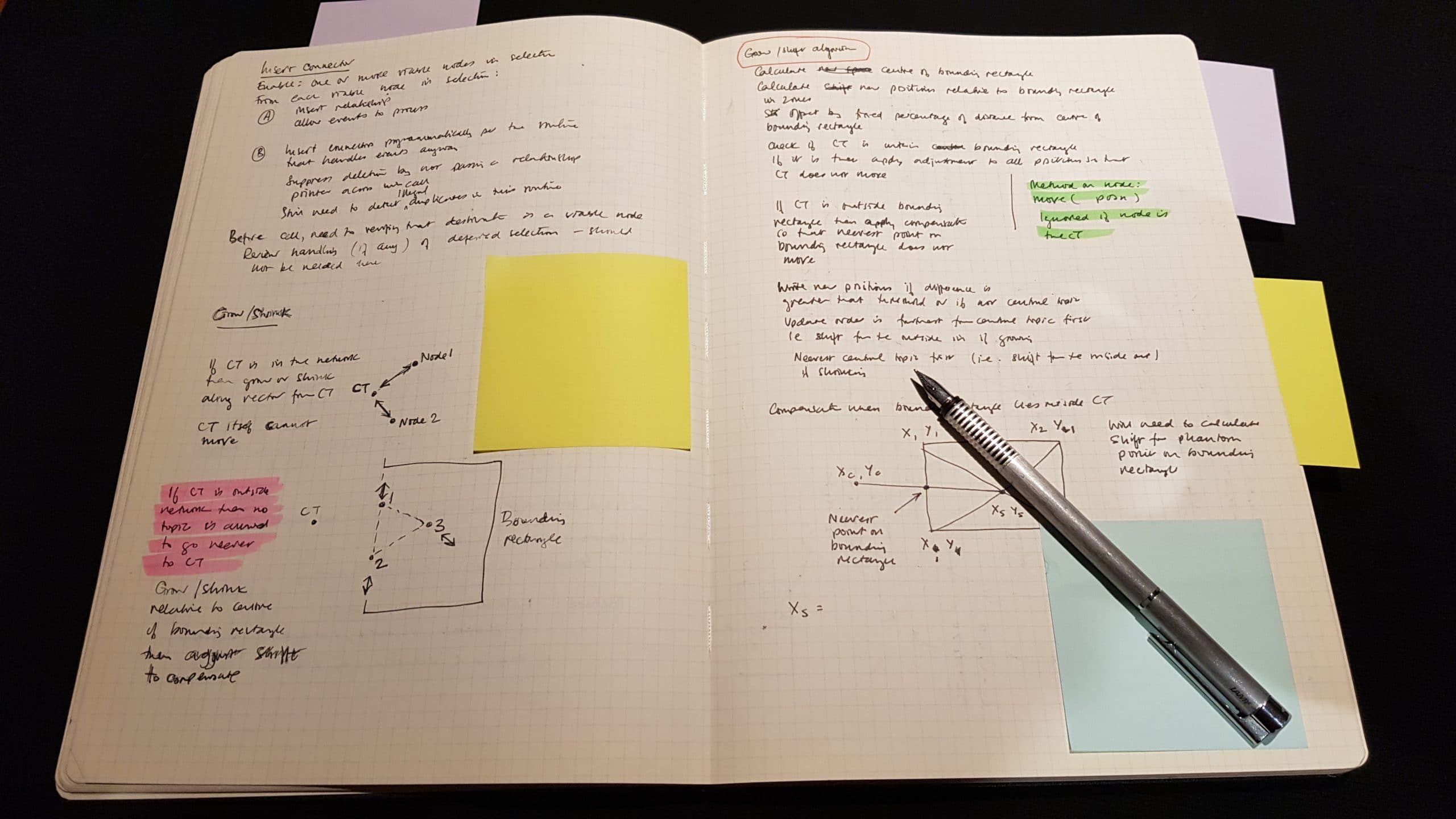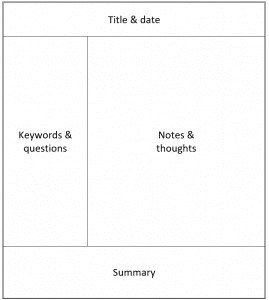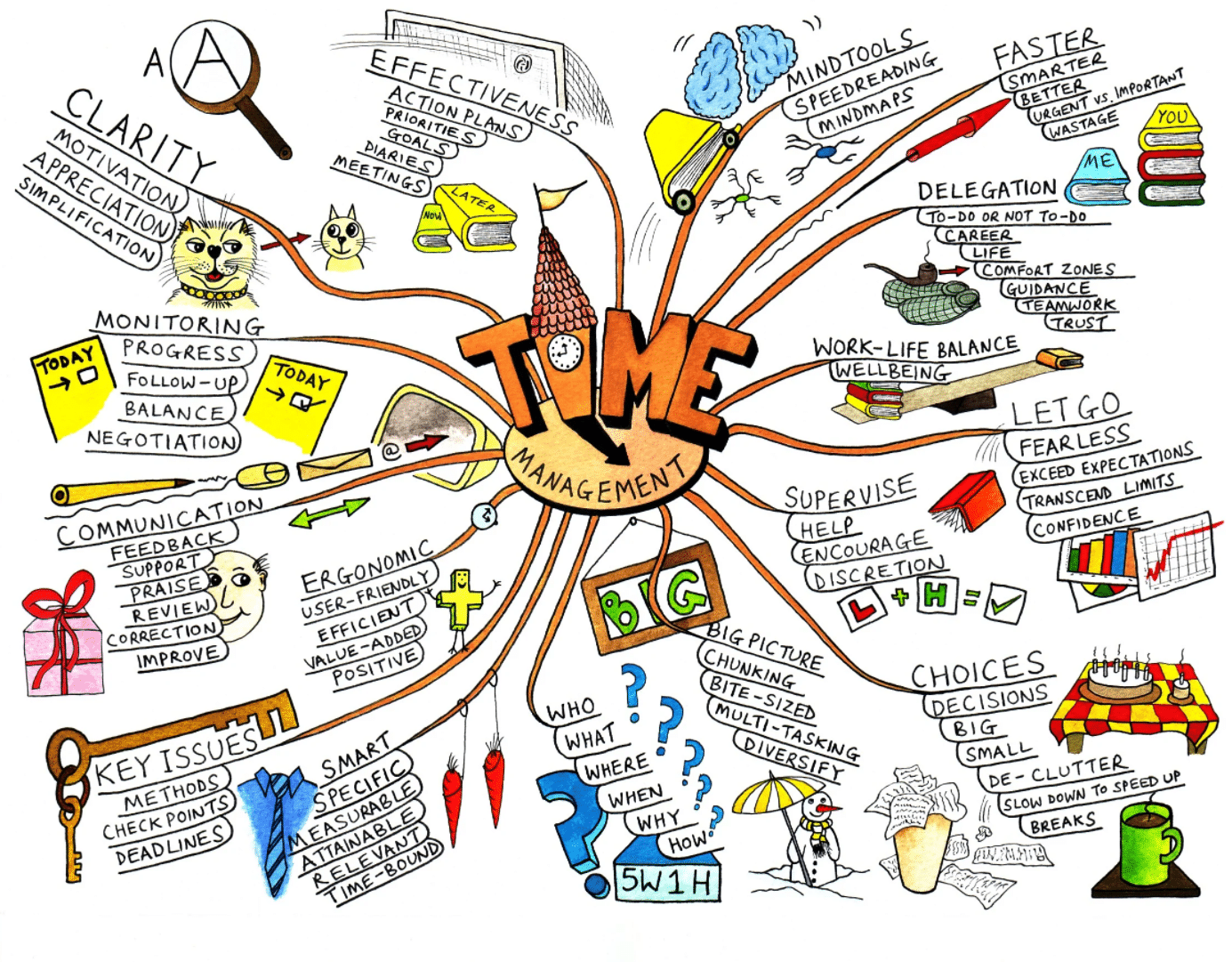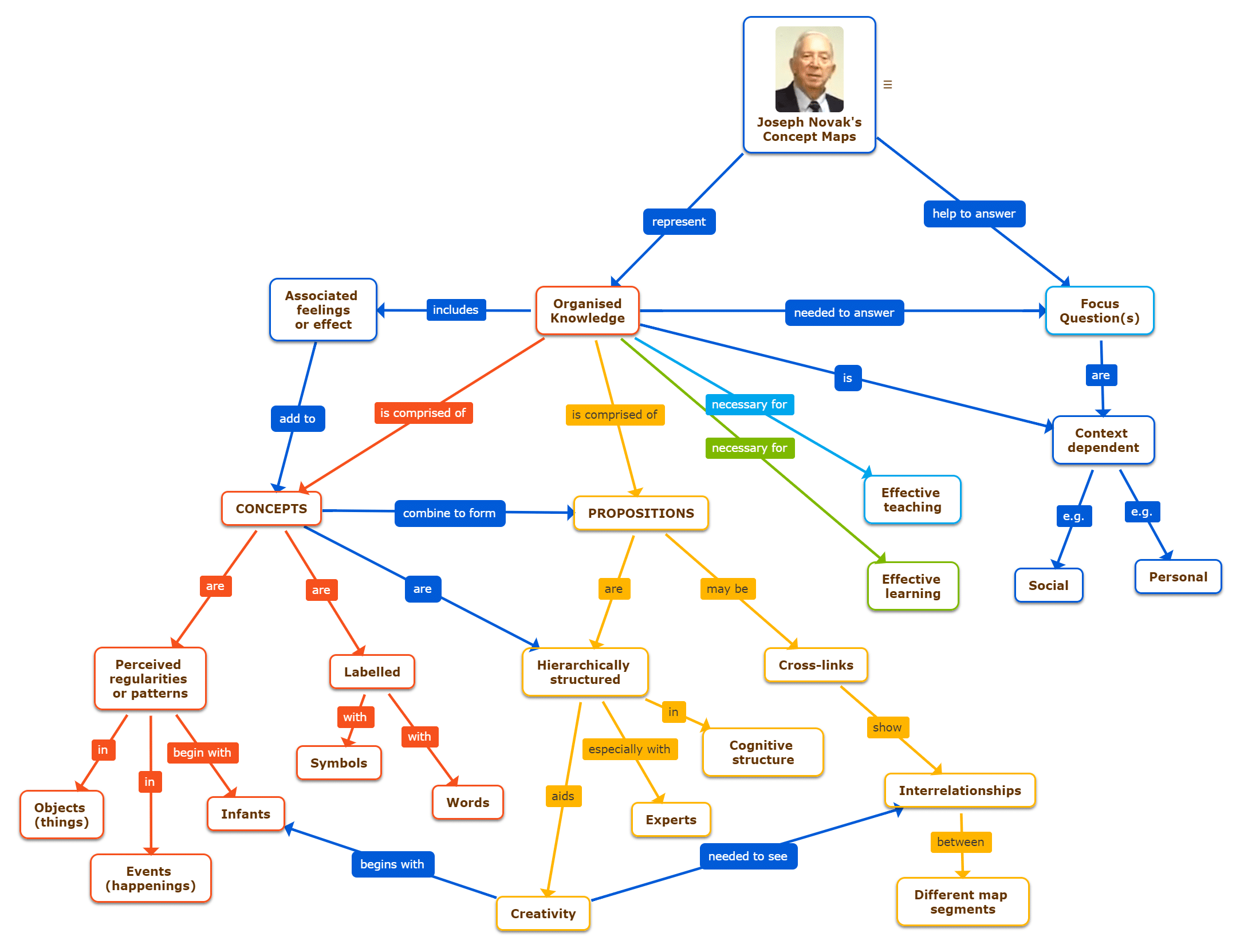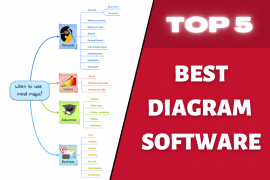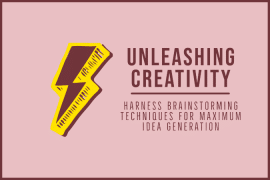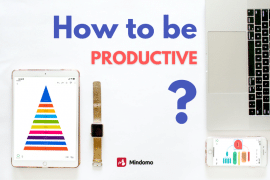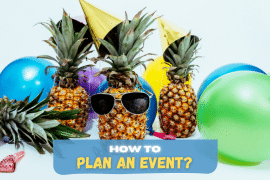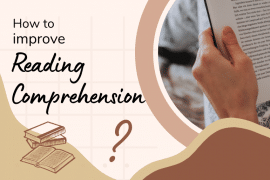Note-taking tech is big business. Search on Google for “note making app” and it asks if you meant “note-taking” instead of “note-making”. It then offers lists of the best note-taking apps. You are guided to great note-taking apps like Microsoft OneNote, Evernote, Google Keep, Notion, Obsidian, Roam Research, and Apple Notes. The next steps are to make your choice, take a trial, and familiarize yourself with the product. By the time you have done that, your original intentions might be forgotten. Your focus will be directed to what technology can easily do instead.
But it is a mistake to assume that note-taking and note-making are the same thing. In this article, we take a step back and look at whether you need to take notes or make notes to achieve your goals. Being clear about this opens up other options. You can go beyond rapid collection and towards learning and understanding instead.
Which is the “best” note-taking tool?
It’s very helpful when someone else does the hard work of finding the top ten products for you. But you need to be sure their selection is based on the things that matter to you and will help you to achieve your goals. Otherwise, you might find yourself carefully choosing the best apple when you really wanted a peach.
The “best note-taking app” lists use similar criteria to reach similar results. The term “best” is taken to mean “best at collecting and retrieving data”. The criteria often focus on:
- Cost
- Speed and ease of use
- Search and retrieval
- Reminders, tasks, and to-do lists
- Synced notes across multiple platforms including Windows, iOS, and Android mobile devices
- Collaborative features and the ability to share notes
- Technical features, such as video, handwriting conversion, document scanning, cloud storage, or support for a web clipper
These are all useful criteria, but they are weighted towards the real time collection of raw data. They don’t always consider the ongoing role of that data in a journey to mastery of a subject. This might be what you really need. For that, we need to look at note-making instead of note-taking.
Note-taking and note-making – what’s the difference?
Note-taking is for capturing data quickly and efficiently and finding it again later on. Common notes are facts, snippets of data, action items, and reminders. The key features of a note-taking app are speed, ease of use, multi-platform access, and search. Some let you scan documents and hand-written notes. Many note-taking apps let you link notes together or reorganize them. This helps to quickly find related ideas.
Note-making is a different thing. It starts with the capture of data. This is followed by an ongoing process of building your understanding of the subject. It’s not enough to simply capture fragments of data and hope that they are useful. You must construct the meaning yourself. Nobody else can do that for you.
The difference between note-taking and note-making was described by Edgar Wright in his 1962 book “On your own”, about study methods. You can also find many references to “constructivism” in the world of education. Constructivism means building your own idea of how something works and is related to everything else. This is also called making “mental models”. This work is necessary if you want to understand rather than just remember, but the effort is repaid many times over.
When do I need to make notes, not just take notes?
Mastering a new subject is not something that matters only to students. Whatever your profession, you need to be continually learning.
For example, suppose you took on a new role as a project manager or started a new project. You would find that you now know very little about something that is important to you. You would be collecting data and ideas as quickly as you can. A great note-taking app will be useful for keeping track of a flood of new detail. But it is also critical that you start to understand this new world.
You will need to predict its behavior and act effectively in it. This means doing more than just gathering facts. It means building your tacit knowledge and seeing the bigger picture. Detailed data is important, but context helps you to make predictions and take decisions.
Note-taking helps when you need to have data at your fingertips. Note-making is the basis for becoming skilled in an area. Skills help you to make connections, make predictions, take decisions, and choose actions.
Many activities require you to not only collect data but to develop a working understanding of it. They include:
- Preparing, planning, and running a project
- Solving a complex problem
- Writing a document, a presentation, or a class
- Studying a topic
- Situations where you share notes with colleagues who need to understand them
The journey to understanding
The path to understanding something complex is well known. Note-taking is near the start of that path, but only gets you part of the way.
All learning builds on what you already know. New facts can only be handled if they fit into an existing framework.
There are many models for developing understanding, such as Takeuchi and Nonaka’s “SECI” model. There are also some well-known note-taking methodologies, such as Zettelkasten or Cornell Notes. Below we will describe a generic process that blends ideas from both.
First step
The first step is knowing how to find the data you need. This is a dynamic process. Interesting information might crop up at any time in any place, from emails, watching a slide show, or conversations. Or you might be researching something because you need to know more about it. Useful information comes from publications, course materials, online searches, and conversations with experts.
If you are following a structured course of study, the work of finding useful resources may have been already done in a reading list. If not, then you will need to become good at spotting what is relevant and where it fits. Gathering random facts can continue forever. But being able to filter relevant and useful information requires a degree of understanding. It can take a while to find the best search terms that lead you to good data. You might have a concept in mind without knowing the exact words for it.
Second step
The second step is to collect and organize your data. This is where many of the great note-taking apps make life easier. The kind of notes you take can be in two groups:
- Quick ideas, tasks, and snippets of data captured in real time
- Key points are taken from a resource, such as a publication. When you record something from a resource, always record the source as well, so that you can return to it later.
Third step
The third step is to develop your notes into knowledge and understanding. This does not happen just because you have got them into a note-taking tool. It happens when you build your mental model. The best ways to build your mental model are:
- Re-writing the ideas in your own words. Writing is a tool for thinking. Finding the right words for something makes you think about it rather than just repeat it.
- Converting the ideas to a different format, such as a diagram.
- Re-explaining the ideas, either to someone else or to yourself.
- Manipulating the ideas, creating new patterns and arrangements, and reviewing them.
- Connecting ideas together.
- Synthesizing new ideas from the information you have gathered.
- Reviewing and improving your models as new information arrives and as your understanding deepens.
You can see that the above is not done in a few minutes. It is a continuous process rather than a finite task. This is where emphasis on the speed and convenience of note-taking apps can be seen in context. They are important factors, but not critical ones in the bigger picture. Note-taking apps are useful in the early stages, but less used when you want to build and test mental models. Some of them such as Roam Research and Obsidian do help you to connect notes together, but not necessarily by visual structuring that changes your perceptions and understanding.
Why use mind maps or concept maps?
Mind maps
You have probably seen Mind Maps before. The mind mapping process was created to help students to take great notes that support the recall. There are many examples of how mind mapping delivers better exam results. The key to mind mapping is making memorable connections between memorable ideas.
Mind mapping went through a revolution in the 1990’s when the first mind mapping software products came out. The developers originally aimed to recreate images that looked like hand-drawn mind maps.
Computer-based maps always lacked the memory-reinforcing aspects of physically drawing something. But by making mind maps electronic documents instead of paper documents, the software could do something that was never practical on paper. You now had the ability to endlessly refine and rearrange your maps.
This feature seems too obvious to mention, but the implications are large. By drawing a rough picture of how you think things are organized, you have externalized it. You are explaining it back to yourself, and you can now see it more clearly. This is the same process as explaining a problem to someone else. As you start to explain, you realize you already knew at least a part of the answer.
Now that your ideas have taken a physical shape, you can see how to make them better in a few seconds by reorganizing them. Not only are you changing your map, but you are also changing your understanding by taking small steps towards a better model.
Mind maps are like icebergs – the visible data on the map is only 10% of the total. The other 90% of the content is implicit knowledge in your head. This is difficult for the author to perceive. When you look at a map you have created, it is hard to distinguish between data on the page and ideas that come to mind. A mind map is a coded key to the knowledge in your head. This is why it has always been difficult for people to really follow someone else’s mind map. This might seem like a weakness of mind maps, but the value of a map lies in the process of creating it, not in the map itself.
This process is where note taking and note making start to separate. Many note-taking apps don’t help much (if at all) with sense-making and creation of mental models. Mind mapping apps can be less convenient for rapid collection but have strengths when it comes to helping you to make sense of information and explain your ideas.
Working collaboratively with mind maps creates a strong consensus and shared understanding. Some of the document editing or note-taking tools such as Dropbox Paper, Google Docs, or Zoho Notebook support collaborative working. But you are often working with raw data without creating the visuals that expose assumptions and lead to new insights. A shared mind map is created by a team, while a collaborative text document can be created by a committee that never sees the whole picture.
Concept maps
Concept Maps take things to another level. Instead of simply joining ideas together with lines, a Concept Map explains the connection. In a mind map, “cats” and “cucumbers” might be connected with a line. You might (or might not) know why. In a Concept Map, “cats” and “cucumbers” would be connected with a line, label, and arrow. The label would say “are very afraid of”, explaining that cats are very afraid of cucumbers. Mindomo can draw Concept Maps just as easily as Mind Maps.
Both Mind Maps and Concept Maps give the responsibility for creating meaning to you. It doesn’t matter whether you are an expert or taking your time as a novice. What matters is that you are making progress, and your maps help you to master the challenges you set yourself.
Where next?
You might have assumed that online note-taking apps are the best tool for studying, project work, creating documents, or getting to grips with a new subject. But it is worth taking some time to also look at mind mapping software like Mindomo. From a technical point of view, Mindomo ticks many of the same boxes, providing synced notes across Windows, iOS and Android, mobile apps, and Apple devices. But Mindomo goes further by making it easy to turn information into knowledge by visually connecting and organizing it. This helps you to stay in control of complex topics as your knowledge grows.
Sign up for your free Mindomo trial here.
Keep it smart, simple, and creative!
Author: Nick Duffill

